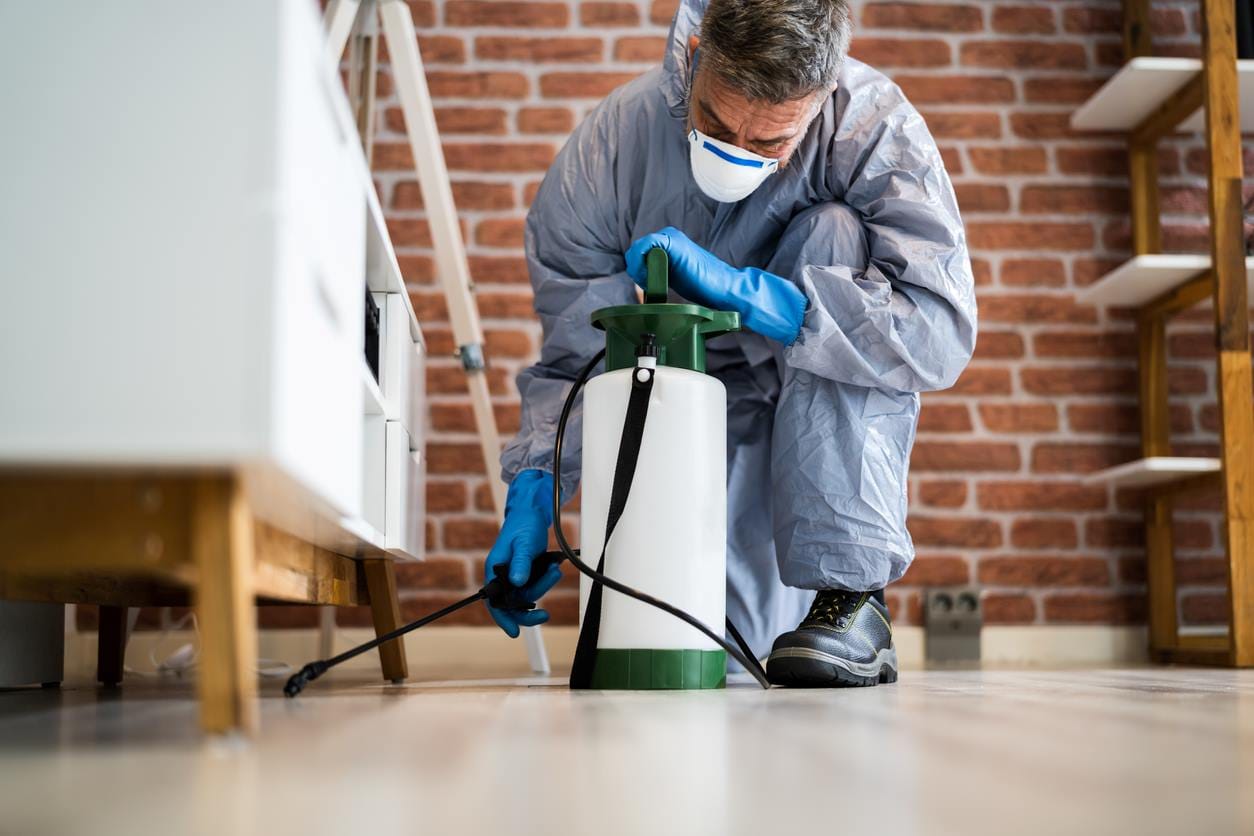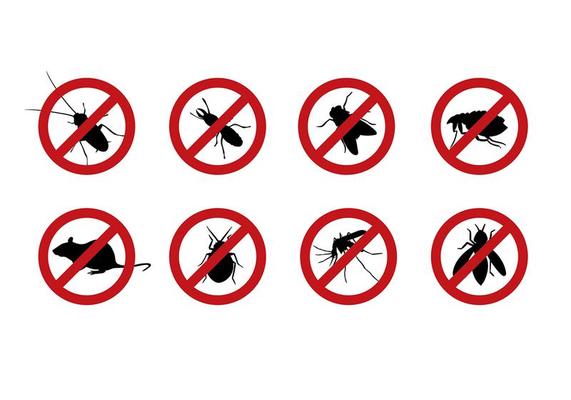How Pest Control Lockhart Can Remove Pests from Your Home
Discovering Invasion and Therapy Methods worldwide of Parasite Control
The landscape of parasite control encompasses a myriad of difficulties, especially as problems of usual family pests continue to advance. By integrating preventive steps with sophisticated monitoring strategies, such as Integrated Parasite Management (IPM), property owners can better protect their atmospheres.

Typical Family Pests
When it pertains to handling our home, recognizing usual house pests is essential. These insects not only disrupt our comfort but can additionally pose health risks and damages property. The most widespread house parasites consist of ants, cockroaches, rodents, termites, and bed bugs.
Ants, commonly seen foraging in kitchen areas, can contaminate food and develop large swarms. Rodents, consisting of mice and rats, can create structural damages and bring conditions like hantavirus and salmonella.
Acknowledging the signs of these bugs, such as droppings, nests, or bite marks, is crucial for early intervention (Pest Control Lockhart). Proper hygiene methods, sealing entrance factors, and maintaining a clutter-free setting are effective preventative steps. By recognizing these usual family pests and understanding their behaviors, home owners can take proactive actions to minimize problems, making sure a healthier living atmosphere
Comprehending Parasite Infestations
Insect infestations can intensify quickly, transforming a small nuisance right into a substantial issue if not attended to immediately. Recognizing the nature of these problems is critical for effective monitoring. Bugs can get into property and industrial spaces for various factors, consisting of the look for food, shelter, or breeding premises. Usual variables adding to problems consist of inadequate hygiene, architectural susceptabilities, and seasonal adjustments that drive parasites inside your home.
Recognizing the type of pest is crucial, as different varieties display diverse habits and reproductive rates. Rats may establish nests in covert locations while pests like roaches thrive in damp settings. Early discovery typically depends upon recognizing indicators such as droppings, nibble marks, or uncommon noises, which can show a trouble prior to it comes to be serious.
Environmental conditions also play a vital duty in bug proliferation. Warm, humid climates can help with the fast growth of bug populaces, while modifications in landscaping or building and construction can unintentionally produce conducive atmospheres. Consequently, normal assessments and preventative steps are extremely important to alleviating the risk of invasions. An educated technique to comprehending these dynamics prepares for reliable parasite management approaches in the future.
Therapy Approaches and Methods
Reliable treatment techniques and strategies are necessary for minimizing bug infestations and bring back a safe setting. A diverse method is usually best, integrating chemical, biological, and mechanical methods customized discover this to the certain pest and the seriousness of the infestation.
Chemical therapies include the usage of pesticides and herbicides, which can efficiently eliminate insects. Nonetheless, proper application and adherence to safety and security guidelines are important to reduce threats to human beings and non-target microorganisms. Integrated Bug Monitoring (IPM) encourages the judicious use of chemicals as a last option, depending instead on tracking and threshold levels to establish treatment needs.
Biological control techniques entail introducing natural killers or bloodsuckers to lower parasite populaces. This method is increasingly prominent, especially in farming settings, as it promotes environmental sustainability.
Mechanical techniques, such as traps and barriers, give prompt relief from insects without introducing chemicals. Options consist of sticky catches for bugs or physical barriers for rats.
Ultimately, the choice of treatment approach need to take into consideration the specific pest, the setting, and prospective influences on human wellness and environments. A well balanced combination of these directory strategies can efficiently manage invasions while promoting lasting parasite control solutions.
Precautionary Steps for Homes
Proactively addressing bug issues prior to they rise is essential for keeping a healthy and balanced home atmosphere (Pest Control Lockhart). Executing effective safety nets can considerably decrease the likelihood of infestations, inevitably safeguarding both your residential or commercial property and well-being

Correct landscaping also plays an essential duty in prevention. Keeping hedges and trees cut away from your house lowers the possibilities of pests discovering their way inside your home. Ensure that drainage systems are operating effectively to prevent standing water, which can attract in mosquitoes and various other pests.
Finally, regular inspections are a good idea. Frequently looking for indicators of parasite task permits for early intervention. By adopting these safety nets, property owners can create a setting that is much less friendly to insects, therefore improving their general top quality of life and minimizing the demand for considerable parasite control treatments.
Commercial Pest Control Techniques
A detailed method to business insect control is crucial for organizations aiming to preserve a risk-free and sanitary atmosphere. Reliable approaches involve a combination of normal inspections, staff member training, and the execution of Integrated Pest Monitoring (IPM) practices.
Normal inspections enable very early discovery of insect task, allowing for timely treatment. Businesses need to establish a routine timetable for these analyses, concentrating on risky areas such as kitchen areas, storage space areas, and waste disposal websites. Employee training is equally essential; staff ought to be educated on the signs of pest invasions and the relevance of reporting them instantly.
Carrying out IPM techniques aids mitigate insect concerns sustainably. why not try this out This consists of habitat adjustment, such as sealing access points and decreasing clutter, in addition to utilizing all-natural deterrents prior to considering chemical treatments.

Moreover, collaborating with a certified insect control provider makes certain access to expert understanding and innovative treatment options. This collaboration can lead to personalized bug control intends customized to the specific demands of the service, lessening risks and enhancing total effectiveness. Eventually, a positive and enlightened strategy cultivates a pest-free atmosphere, protecting both public health and wellness and business online reputation.
Conclusion
In final thought, efficient bug control necessitates a detailed understanding of usual family pests and their actions, coupled with targeted treatment techniques. Carrying out preventative steps together with therapy techniques such as Integrated Insect Management and biological control boosts the capacity to mitigate infestations.